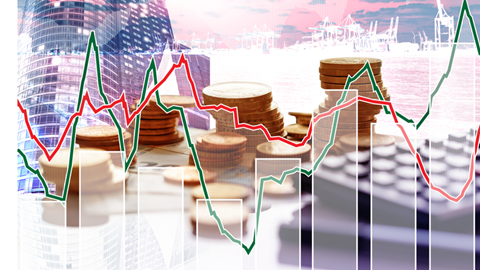In its 2021 European real estate outlook, AEW is predicting a return of non-performing loans as the Covid-19 crisis drives a deterioration in consumer and corporate credit quality.

In the After the Storm outlook, AEW said NPLs will re-emerge due to a Covid-19 crisis led deterioration of consumer and corporate credit, with new highs being reached for NPL ratios in Italy, Spain, France and the Netherlands.
‘We expect to see the re-emergence of NPL opportunities as they did post GFC, although to a lesser degree as lower supply and more conservative lending have reduced the downside risks,’ said Hans Vrensen, head of Research & Strategy at AEW.
Despite the recent news of a potential vaccine, 2021 looks to be a year characterised by a slow recovery hindered by both Covid-19’s impact on the wider economy together with the latent existing headwinds of unresolved trade frictions and political uncertainties.
AEW sees clear opportunities in mispriced, good quality secondary assets across the board. Prime retail should also prove attractive in 2021 following recent repricing and the pending shift to more sustainable turnover based rents.
‘As we emerge from the crisis, logistics and residential will continue to be our top picks. However we also expect to see opportunities in prime retail, as values bottom out and rents are rebased or restructured to become more sustainable,’ Vrensen added.
2020 should prove to be a year of re-pricing in both rents and yields, especially in retail where relative value improves after 2020 and more markets become attractive. The acceleration of structural changes arising from the pandemic will continue to increase e-commerce penetration and reduce retailers’ ability to pay rents. This should drive more leases to be agreed on turnover rents, particularly in the UK. The longer term upside of this shift is a more sustainable situation for both tenants and landlords.
Logistics and office rents show continued resilience with the impact of working from home being exaggerated and AEW predicting office take-up recovering with economic growth, when the vaccine can be introduced in 2021.










